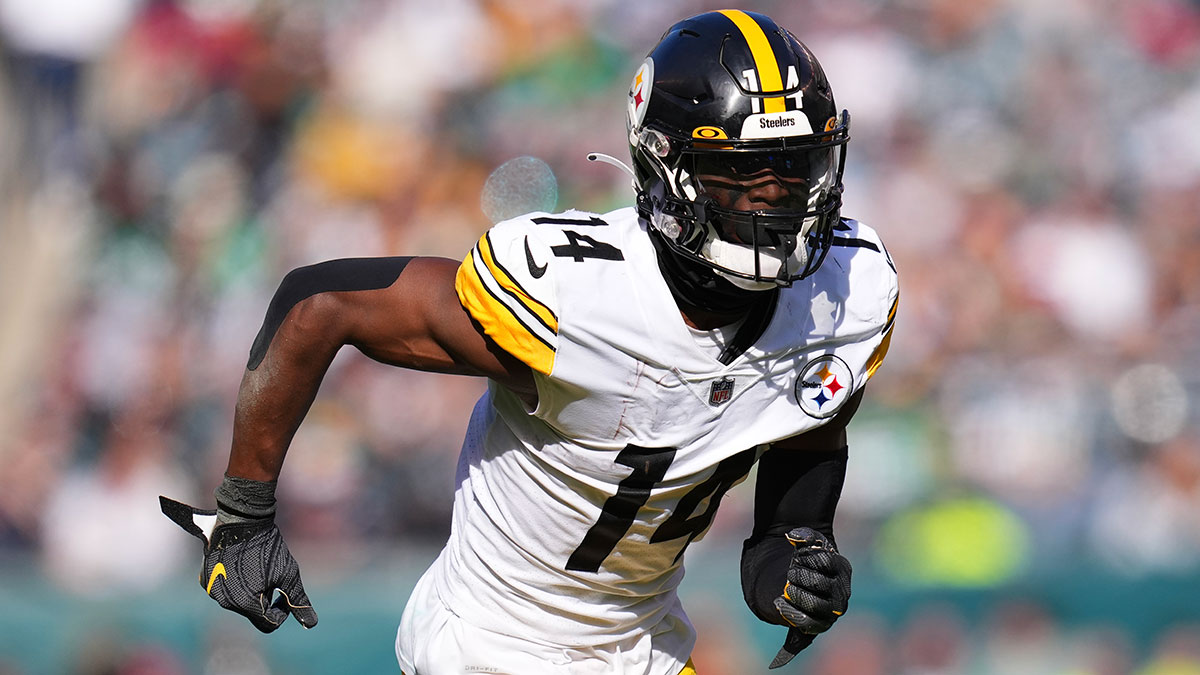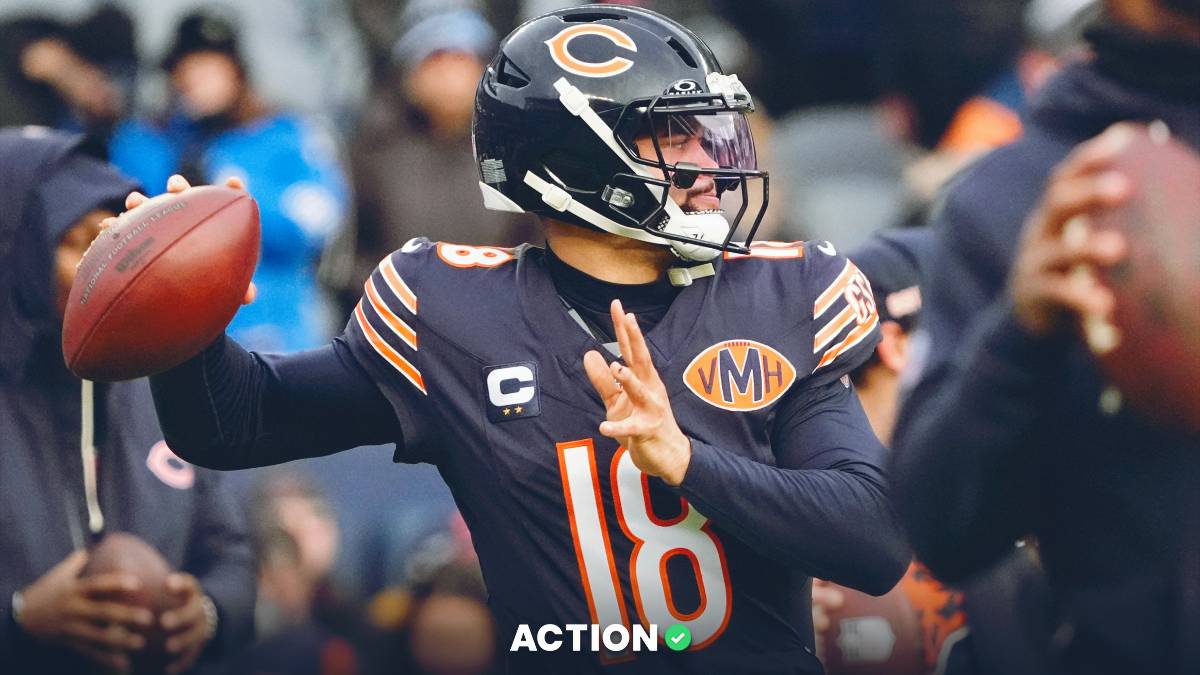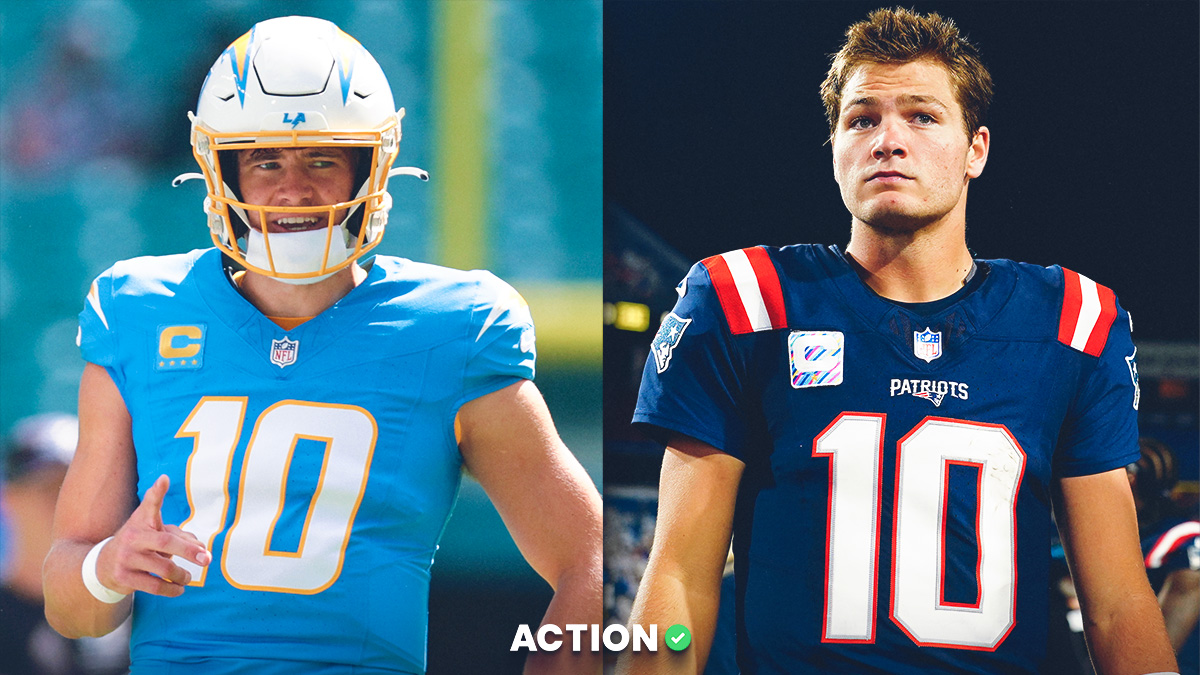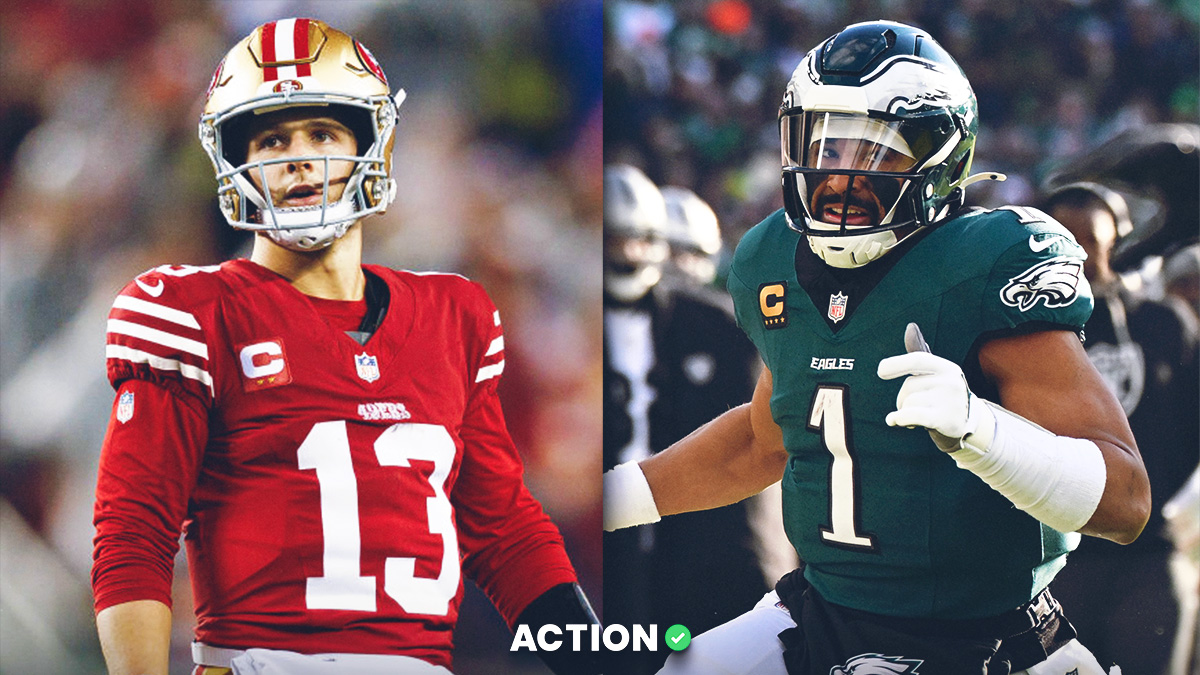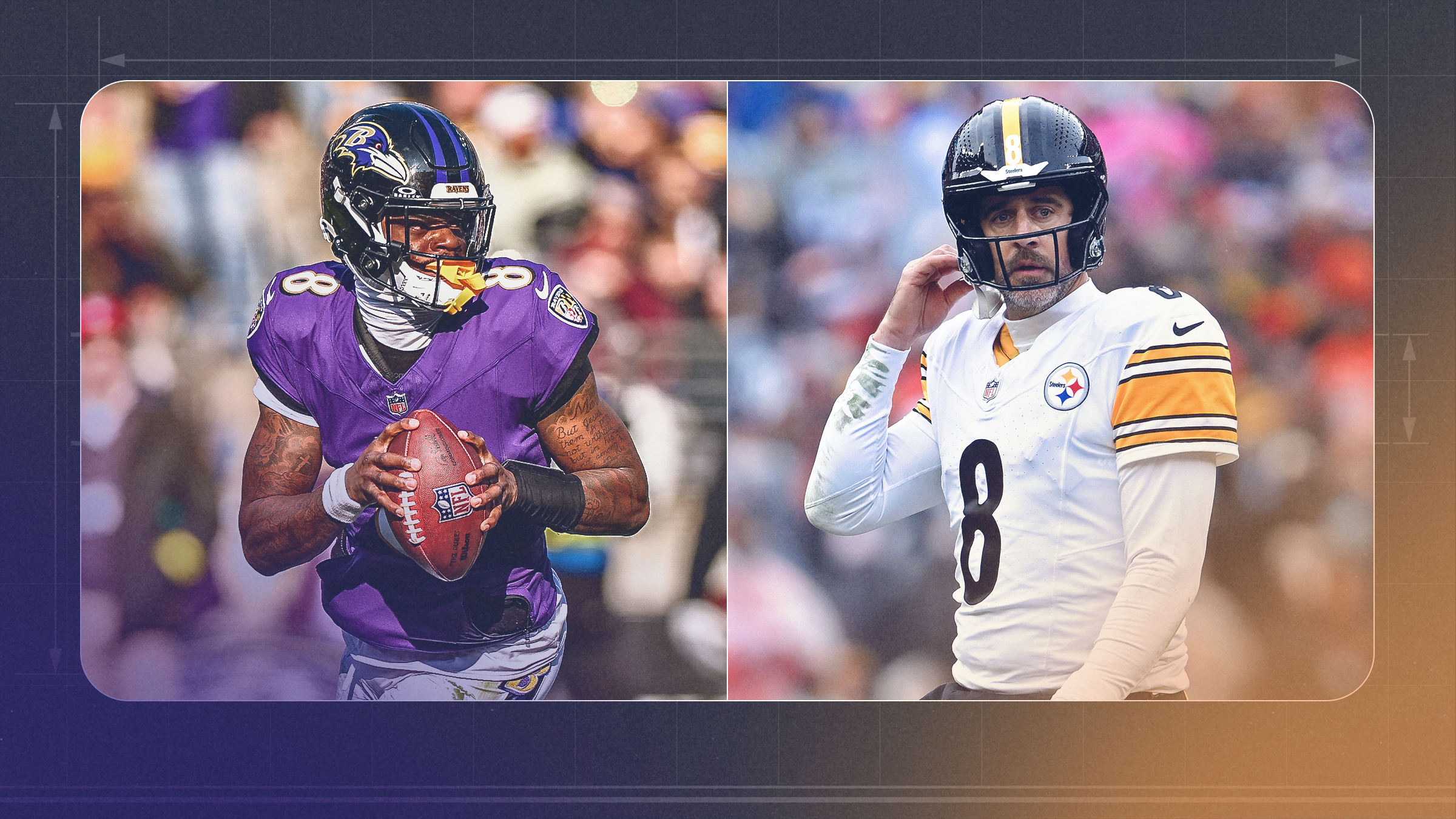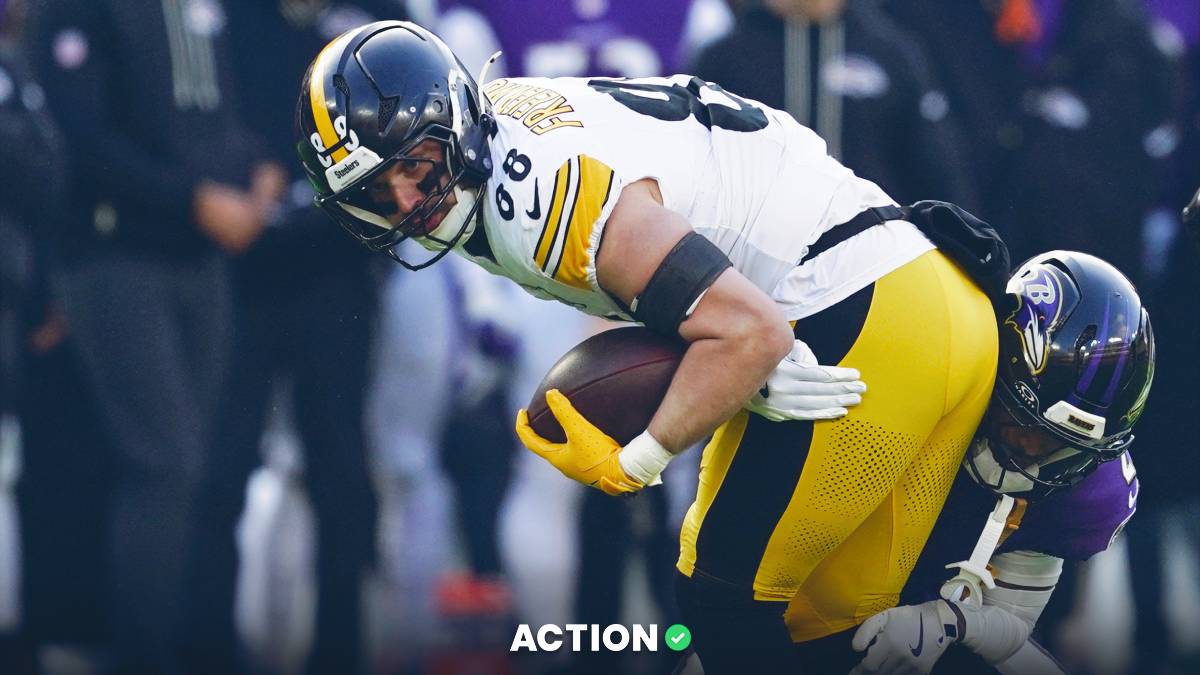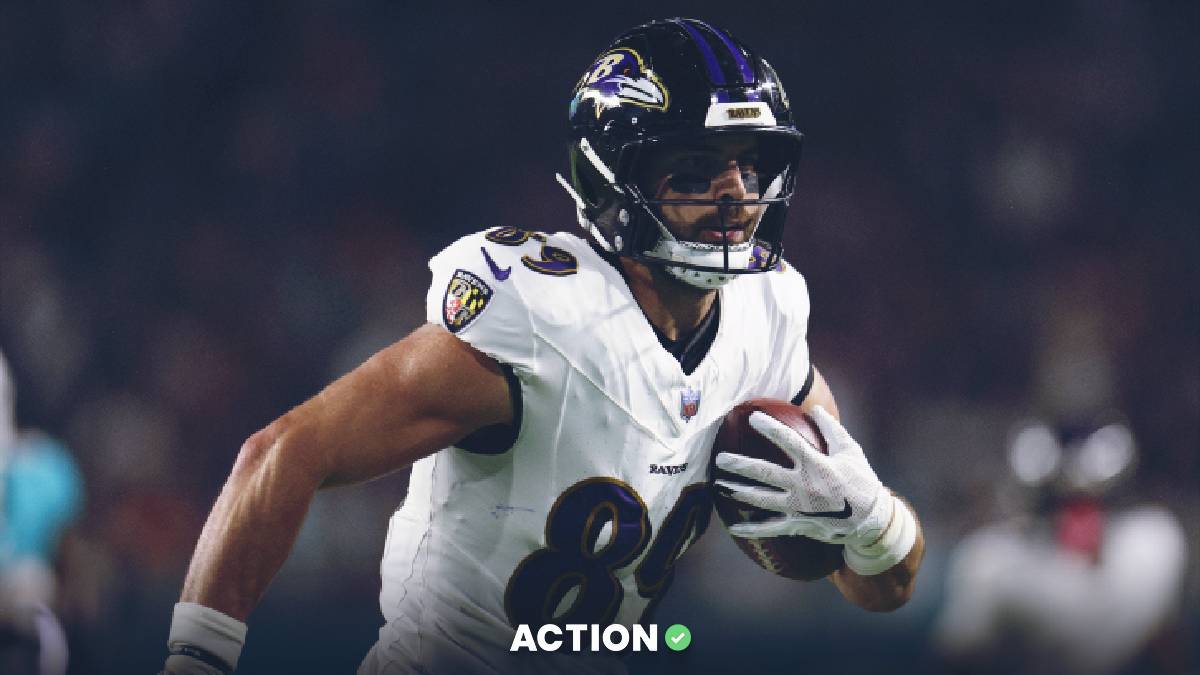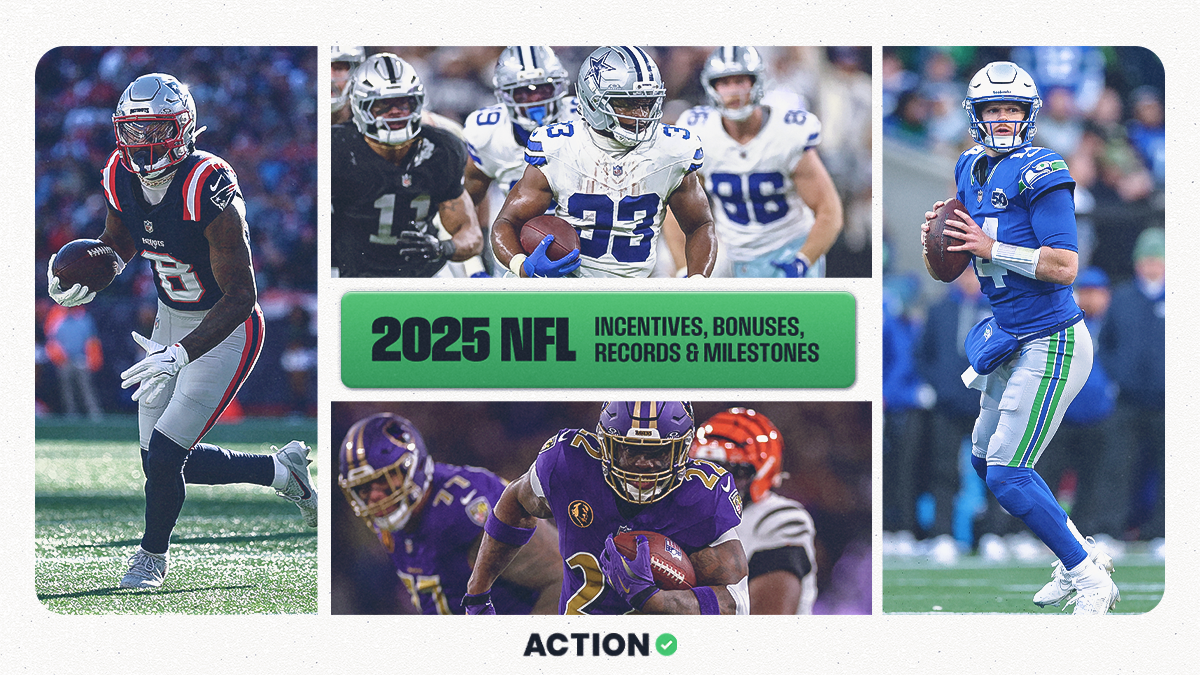With the launch of The Favorites' NFL pick 'em contest, which is free to play, we decided on tiebreaker props to settle the winners of the $3,000 in weekly prizes. With roughly 10,000 entries in the contest, we expect a bit over 300 of them to go 5-for-5 on spread picks every week, even if picking randomly.
The $3,000 gets split amongst the top-five finishers, therefore getting an accurate guess on the tiebreaker is a crucial part of the challenge.
Using estimated numbers from our Sean Koerner, here's how I'd attack the Week 2 tiebreaker prop.
Important note: You can sign up for this contest at any point during the season.
Week 2 Tiebreaker: Longest Steelers Reception
| Longest Reception | Percent Chance |
|---|---|
| Under 20 yards | 16.00% |
| 21-25 yards | 16.60% |
| 26-30 yards | 20.70% |
| 31-35 yards | 26.20% |
| 36-40 yards | 8.80% |
| Over 41 Yards | 7.80% |
The likeliest outcomes are clustered in the 26- to 35-yard range, with those making up just under 47% of the outcome. Within that range, the higher numbers are a bit more likely, with the peak somewhere in the low 30s. Of course, it's hard to break down the odds by specific yardages, since the difference between, say, a 31- or 32-yard reception, is largely random.
If trying to maximize your odds of getting it right — or minimizing your distance from the actual answer — pick around 32 yards. However, if you're trying to maximize how much money you win, that's a different question entirely.
As we saw last week — when 10 people got all five spread picks correctly and the tiebreaker exactly right — going a bit "contrarian" can help set you apart from the field. It's better to have a 5% chance at winning the $1,500 first prize with a unique answer than a 10% chance of splitting $3,000 10 ways when a chalky answer hits. Those numbers are rough estimates, but the point stands.
With that in mind, I'd go with a significantly higher answer.
Public perception of the Steelers offense is likely low following their drubbing at the hands of San Francisco in Week 1. While Cleveland also has a tough defense, it's unlikely that Pittsburgh struggles as heavily (just based on variance).
It's also worth nothing that while there's 100 possible answers, that doesn't mean the expected 300+ players who sweep the spreads will distribute their picks evenly. Hopefully nobody picks zero yards, and I doubt anyone will select 99.
The other overlooked consideration is that while picking the exact yardage is ideal, what you're really trying to do is minimize how far off your pick is. Keeping that in mind, the range to target should become clear.
My Recommendation: Low 40s
The reason for this is simple. By picking a number that's a bit above the likeliest range, we position ourselves ahead of more of the competition. Think of it like Price is Right — we want to bid $1 more than the previous high, so we win on any number above that.
Figuring out the ideal number requires a bit of guess work, but my guess is the bulk of the field will have selections in the 20s or 30s. While those people have a better shot of winning, odds are they'll chop the prize pool heavily if they do.
Based on 300 entries going 5-for-5 on spread picks, a third of them picking in the likeliest range would mean 10 or so on every individual number. Not only would you need to be perfect to win, but the prize would be considerably smaller. If the longest reception is anywhere between 10 and 40, there will likely be multiple exact answers.
By shooting just above that, you have a chance to take down the prize yourself, and/or finish top five without needing to be on the exact yardage total. That's how I would play this if I were eligible for prizes. Of course, if you want to increase your odds of winning a smaller prize, something in the low 30s is the better play.
One final caveat: Depending on how many people read this piece, the optimal strategy could end up differing. If you think enough people are following this advice to have an impact, you should raise your total appropriately to try to stay above the field.


